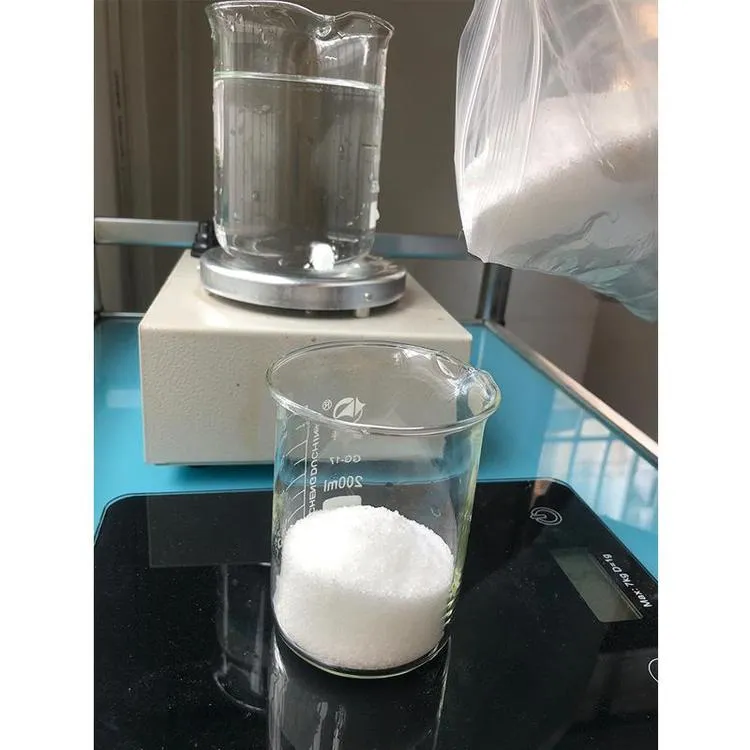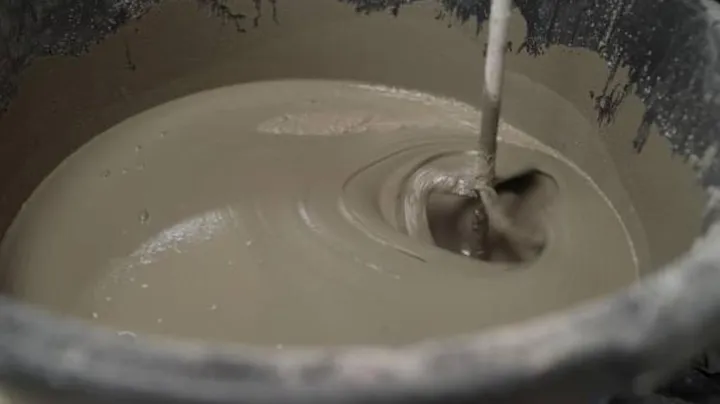
Understanding PVA: Types, Applications, and Solubility
Polyvinyl alcohol (PVA) is a versatile synthetic polymer used extensively in construction, woodworking, and industrial applications. Known for its excellent adhesion, water solubility, and film-forming capabilities, PVA enhances the performance of mortars, renders, and coatings. From PVA dùng để ốp lát to PVA for wood, this material provides durable, high-performance results across various substrates.

This article explores PVA types, practical applications for walls, tiles, and wood, and details on polyvinyl alcohol solubility in water, including information on PVA solution, powder PVA, and chemical composition.
Types and Applications of PVA
Common PVA Types
PVA types vary based on their molecular weight, degree of hydrolysis, and intended application. The main types include:
General Purpose PVA – Suitable for walls, plaster, and interior coatings.
PVA dùng để ốp lát – Improves adhesion of tiles to walls and floors, ensuring long-term stability.
PVA for walls – Enhances plaster and render bonding, reduces cracking, and improves surface smoothness.
PVA for wood – Acts as a bonding agent in woodworking, improving adhesion and finish durability.
PVA in mortar – When mixed with mortar, PVA increases flexibility, reduces shrinkage, and enhances bonding strength.
Ngoài ra, powder PVA is widely used to prepare polyvinyl alcohol solution for various applications. These solutions can be adjusted to the desired concentration to improve adhesion or water resistance.

PVA in Construction and Industrial Applications
PVA for tiling: Applied as a primer or additive, PVA ensures tiles adhere firmly to concrete, plaster, or masonry surfaces.
PVA for walls: Enhances plaster and render performance by increasing workability and water retention.
PVA for wood: Used as a glue or sealant in furniture and interior wood finishes.
PVA in mortar: Boosts bonding strength and reduces cracking in masonry and concrete repairs.
Manufacturers often recommend specific PVA solution concentrations for each application. For example, a 5–10% PVA solution is commonly used for wall plastering, while higher concentrations may be required for wood bonding or tile adhesion.
Solubility and Chemical Properties of PVA
Polyvinyl Alcohol Solubility
One of the most important properties of PVA is its solubility in water. Poly vinyl alcohol solubility, polyvinyl alcohol soluble in water, and PVA solubility vary depending on the degree of hydrolysis and molecular weight.
Powder PVA dissolves in hot water to form a clear polyvinyl alcohol solution.
Các solubility of polyvinyl alcohol in water increases with temperature.
PVOH solubility is an important consideration in industrial applications, as it affects mixing and film formation.
For precise applications, referencing the polyvinyl alcohol solubility in water or poly vinyl alcohol solubility in water data is essential.
Chemical Formula and Properties
Các chemical formula for polyvinyl alcohol is generally represented as –[CH2–CH(OH)]n–. This structure explains its hydrophilic nature and ability to form hydrogen bonds with water molecules.
Polyvinyl alcohol chemical formula: –[CH2–CH(OH)]n–
Soluble in water due to hydroxyl groups capable of forming hydrogen bonds.
Film-forming, adhesive, and flexible properties make it ideal for construction and industrial applications.
By dissolving powder PVA in water, a polyvinyl alcohol solution is created, which can be used for priming, bonding, or as an additive to cement and mortar. The solubility and viscosity of the solution determine the final performance in each application.
Practical Tips for Using PVA
Always check the PVA types and select the correct formulation for walls, tiles, or wood.
Prepare the polyvinyl alcohol solution according to manufacturer guidelines to ensure proper adhesion and performance.
For tile applications, PVA dùng để ốp lát can be applied directly or mixed into the adhesive.
When using PVA in mortar, ensure uniform mixing to avoid inconsistencies in bonding and strength.
Store powder PVA in a cool, dry place to maintain its solubility and effectiveness.
Understanding polyvinyl alcohol solubility and the correct preparation of PVA solution is critical for successful construction and industrial applications.
Conclusion
PVA, in its various forms—including PVA dùng để ốp lát, PVA for walls, PVA for wood, and powder PVA—is a versatile material that enhances adhesion, flexibility, and durability in construction. Its polyvinyl alcohol solubility in water and ability to form films make it ideal for a wide range of applications.
From PVA in mortar to polyvinyl alcohol solution for priming and bonding, understanding the chemical formula for polyvinyl alcohol and its solubility properties ensures optimal performance. Selecting the right PVA types for each application guarantees stronger, longer-lasting, and higher-quality results in both construction and industrial projects.
FAQs About PVA
1. What are the different PVA types and their applications?
PVA types include general purpose PVA, PVA dùng để ốp lát, PVA for walls, PVA for wood, and PVA in mortar. Each type is formulated for specific construction or industrial uses, enhancing adhesion, flexibility, and durability.
2. How does polyvinyl alcohol solubility in water affect its application?
Polyvinyl alcohol soluble in water forms a polyvinyl alcohol solution. The solubility affects viscosity, film formation, and adhesion, which are critical for applications like wall plastering, tiling, or mortar mixing.
3. Can I use PVA in mortar for masonry repairs?
Yes. PVA in mortar increases bonding strength, reduces cracking, and enhances workability. Mixing powder PVA into mortar creates a flexible, adhesive-enhanced mixture.
4. What is the chemical formula for polyvinyl alcohol?
Các polyvinyl alcohol chemical formula is –[CH2–CH(OH)]n–. This structure explains its hydrophilic nature and ability to form hydrogen bonds with water, making it soluble and adhesive.
5. How is PVA dùng để ốp lát applied?
PVA dùng để ốp lát can be applied as a primer or mixed into tile adhesive. A properly prepared polyvinyl alcohol solution improves adhesion between tiles and substrates like walls or floors.
-
Hydroxypropyl Starch as a Sustainable Construction AdditiveNewsNov.24,2025
-
The Gelation Properties of CMCNewsNov.21,2025
-
Redispersible Latex Powder and Water Retention CapacityNewsNov.21,2025
-
Dosage Control for Polycarboxylate Water ReducerNewsNov.21,2025
-
Film-Forming Properties of Polyvinyl AlcoholNewsNov.21,2025
-
The Function of Gypsum Additives in MortarNewsNov.21,2025





















